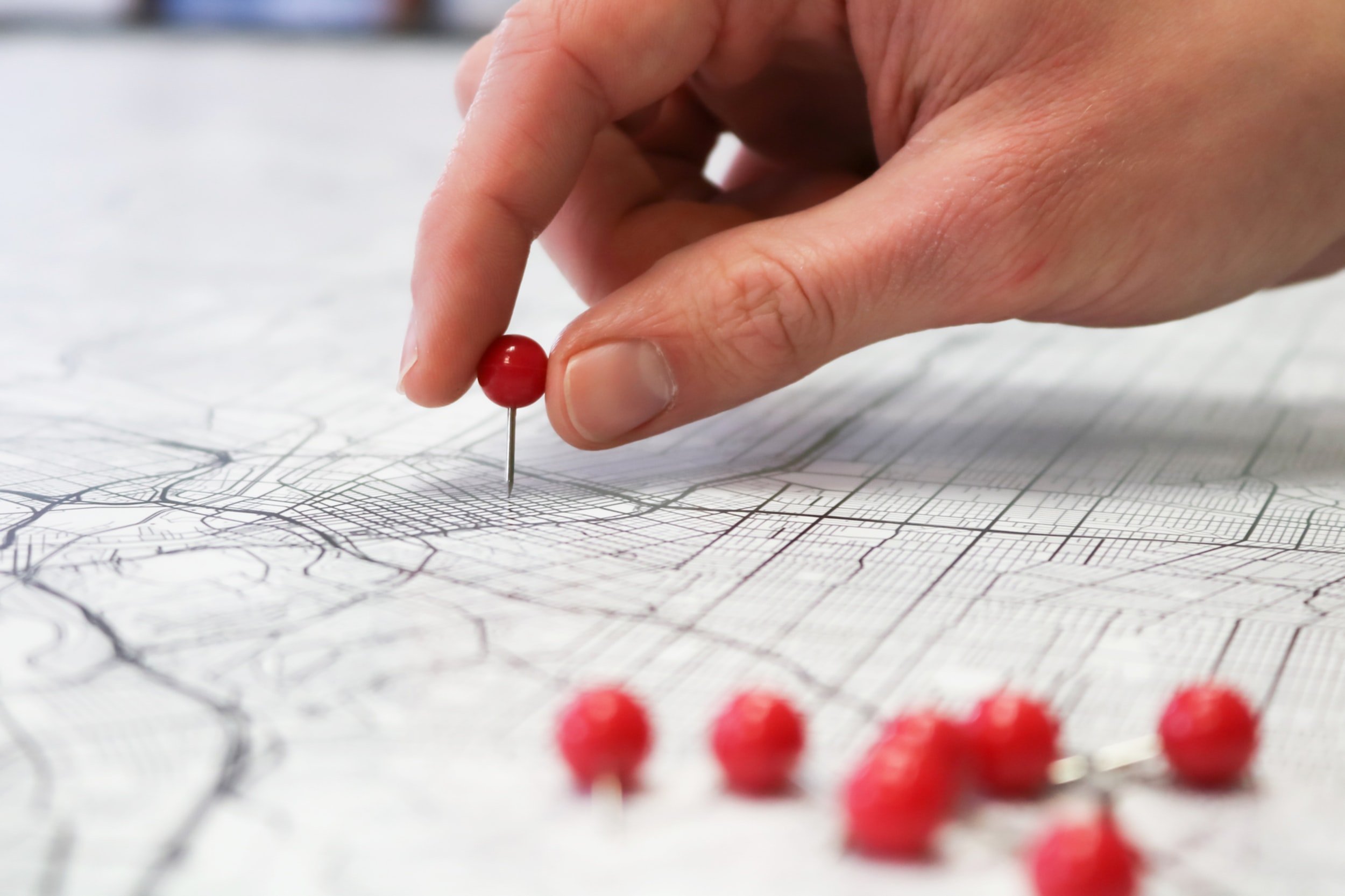
GUIDE TO DIGITAL MAPPING ASSIGNMENTS
Introduction
This guide is designed to help instructors integrate Digital Humanities assignments into existing syllabi. We will break down why digital mapping is useful for students and scholars, what digital tools are available for map making, and how to use those tools to complete a mapping assignment.
Why is Digital Mapping Useful for Scholars?
Digital mapping is an important tool for scholars because it allows us to spatially conceptualize our data. It is one method to help us visualize the texts we read in both history and literature. Maps are useful for language-learners, too, as we often must use maps in our target language when we travel.
Goal of the Assignment
A mapping assignment aims to develop students’ digital dexterities. It can utilize many of the same research, organization, and argumentation skills as a traditional essay, but it allows students to build their argument in a new dimension by spatially showing each piece of evidence.
The example map to the right shows the distribution of churches in the city of Rome built during the 4th to 6th centuries. A map like this could serve as visual, interactive evidence in a traditional history essay.
How to Make Digital Maps
Students will be given two paths for this assignment: 1) Basic mapping with Google Maps and 2) how to join narrative and mapping with more advanced Story Maps.
Both options use free tools and have detailed tutorials to ensure students have all the skills they need to be successful.
In the first option, students will use the simple and accessible tool, Google Maps, to create a simple map. This map can be made to accompany a research paper or to be presented in class.
The second option will teach students with interest in digital mapping how to make an interactive project called a “story map” that blends the visual evidence of maps and images with the traditional written evidence of academic papers.
Students can make maps to explore a wide variety of research topics. Below are a few examples:
